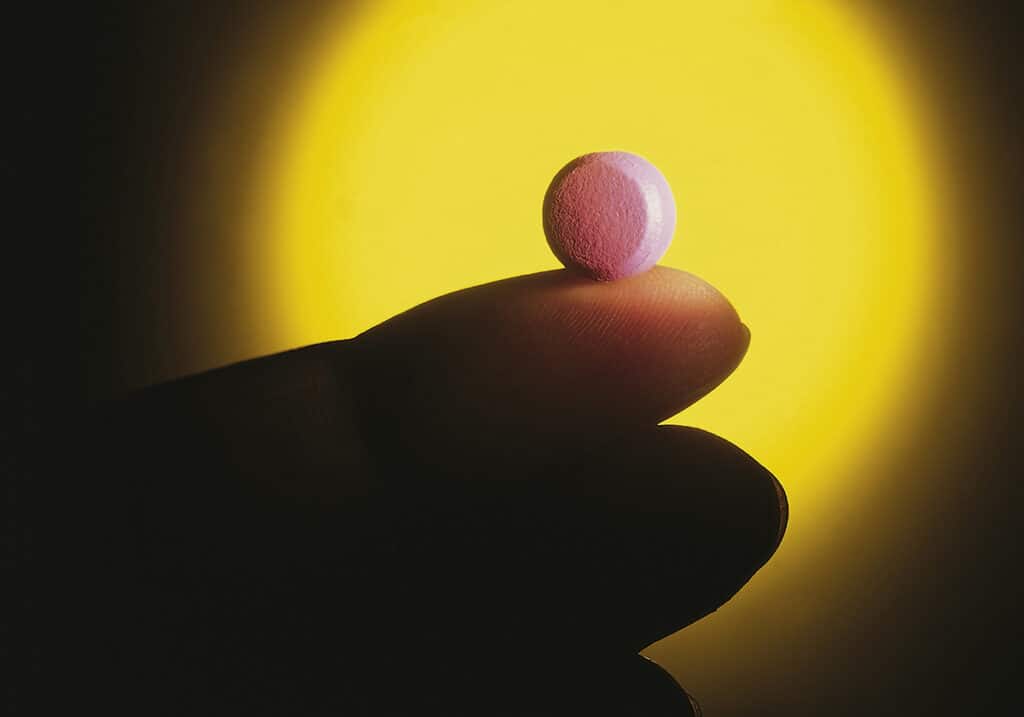
Excerpted from a Marijuana Moment story by Ben Adlin
Proposed changes to federal workforce drug testing guidelines that are currently being reviewed by officials would remove screening for MDMA—which has only rarely appeared in workers’ urine samples during recent years—and add testing for fentanyl, a substance that’s become far more widespread in unregulated drug markets over the past decade.
Both MDMA—which the federal government could reschedule later this year—and the related substance MDA, which the government would also remove from inclusion in required drug tests under the proposed changes, were less common in tests than PCP, which was also considered for removal from the testing panel but for now will remain.
The offered changes were the topic of a meeting last month of the Substance Abuse and Mental Health Services Administration’s (SAMHSA) Drug Testing Advisory Board (DTAB), which advises the agency’s drug testing and laboratory testing certification activities.
While MDMA is slated for removal, fentanyl is “involved in a large proportion of overdose deaths in the United States and is therefore an important public safety concern,” SAMHSA said in a Federal Register posting about the meeting. It’s also increasingly used as a standalone substance, the agency said. Previously the substance was more common in conjunction with other opioids or unintentionally as an adulterant in other unregulated drugs.
The proposed threshold for a fentanyl positive under the Federal Workforce Drug Testing Programs would be 1 nanogram per milliliter of blood.
Fentanyl was the third most frequently identified drug of all substances reported by forensic laboratories, according a 2022 National Forensic Laboratory Information System report cited by SAMHSA, accounting for 13.81 percent of all drug positives.
As for the two psychedelics, SAMHSA’s Federal Register posting says they’re set for removal “because the number of positive specimens reported by [Health and Human Services (HHS)]-certified laboratories does not support testing all specimens for MDA and MDMA.”
For the full story, please click here.
